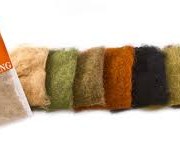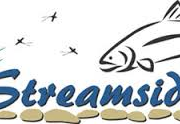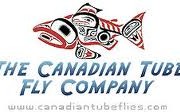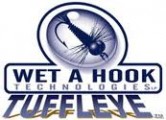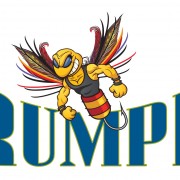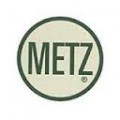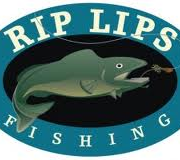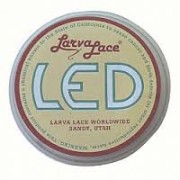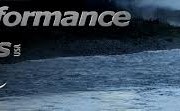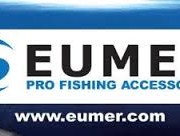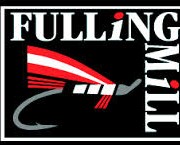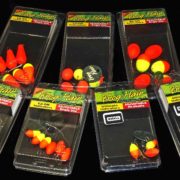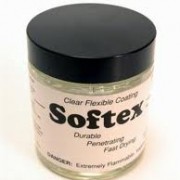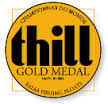If and when a fish does strike the fly, anglers usually cannot feel the take and end up losing the chance to hook the fish. To help fly anglers, many varieties of strike indicators have been created specifically for this reason and are available on the market today. These indicators come in many different styles that range from colorful putties, soft yarns, to foam press and stick discs. Each different type of indicator is not able to successfully fish all the varying types of water you will encounter along a stream, so knowing what works best and when will increase your odds of hooking and landing a lake run beauty.
The diversity of strike indicators available today is overwhelming to even the most experienced fly angler. For the most part five main types of indicators exist, and all of them work pretty well in the water conditions they were created for. The one you choose to use should be based on personal preference and the type of water you plan on fishing most.
Foam Indicators
Foam indicators over the last few years probably have been the most popular among fly anglers because of their durability, ease of sight, and simplicity of adjustment. Due to the buoyancy of the materials used in construction of cork or foam indicators, these indicators are the best for deep, fast water because they seem almost impossible to drown. These types of indicators slide onto the leader meaning you have to have the indicator in place before you attach your flies. Some of these indicators use a toothpick or small wedge of plastic jammed into the opening to hold things in place.
One disadvantage of this type of system is that the toothpick can cause tangles by catching the line when casting. Some of the newer models of foam indicators now incorporate different methods for attaching the indicators to the leader and for holding them in place, meaning no more cutting of the leader to attach indicators and less chance of fouling while casting. Another disadvantage of these foam indicators is that they can be hard to cast accurately and quietly due to wind resistance and their weight.
Pinch-on foam indicators have become popular in the last few years because of their small size and ease of use. These indicators are great for small stream fishing where long powerful casts are not being used to present flies — these types of casts usually peel these indicators from your leader. These indicators do not ride as high in the water column as other foam or cork indicators so using them in smaller waters with less current is ideal. Additionally the small size rarely spooks fish and can be presented very quietly.
One of the major disadvantages of this type of indicator system is that over time fish can become familiar with the indicators and spook as the indicator drifts overhead. Whether it be the bright color, or the shadow cast to fish by the high-floating indicator when fish start acting weary around your indicators changing things up and sizing down is the only way to go.
Yarn Indicators
Yarn indicators are simple tools for the avid angler, being composed of synthetic yarns or wool yarns. These are treated with a waterproofing agent that will allow the indicator to ride on the waters surface for hours on end. For most yarn indicators attachment comes by looping the leader material around the float in a slip knot type fashion. This type of attachment is great for quick readjustments needed in a day’s fishing. With the creation of Glo-Bug yarn or synthetic yarn — having a very visible indicator system is possible.
The big advantage of yarn indicators is that due to the special soft nature of the fibers in yarns, detecting very light strikes fish is easy. The yarn’s softness serves another purpose in making indicators less invasive and disturbing to weary trout. Use bright colors when fishing bigger waters with less finicky fish and subtle whites or blacks on small clear waters with spooky fish.
One downfall of this type of indicator system is that yarn is more wind-resistant than most foam indicators this makes it hard to present small flies accurately. Probably the biggest disadvantage of this type of indicator is that with larger flies or very fast currents the indicators can become pulled below the water’s surface making it hard to follow. In these instances switching to a different type of indicator system will make life easier.
Putty Indicators
Putty indicators are relatively new to the fly fishing community, and come in a wide variety of fluorescent colors that will catch your eye from across the room. This putty can be molded by your fingers to any point on the leader section and in any size necessary.
The advantages to this putty are that in does come in very bright colors making it easy to see, even at night with glow in the dark putty. Also this product can be removed from the line and reused at a later date. Since indicator putty can be applied in any size you can make tiny indictors that are necessary for fishing spooky fish. The disadvantages to using this putty is that compared to all other brands of indicators it is quite expensive. Also this putty does not hold to the leader very well so if you plan on long casts or rough conditions the likelihood of the putty holding to the leader is small.
Fly-line Indicators
Fly-line indicators are probably the oldest type of indicator on the market, have been available as early as the 70s. Scientific Anglers was the first company to make these types of indicators and they became especially useful for anglers who loved to nymph with small flies in shallow waters. These fly-line indicators are still available, but maybe a little hard to find. Attachment of these indicators is done by glue or by tying a double overhand knot in the leader butt. By sliding in these sections of line you can make an indicator system that works in a wide range of water depths.
By tying one fly line indicator at the butt section and two more along the leader section in even intervals this set up can help fly anglers track small nymphs, emergers easily. One of the major advantages of these indicators is that fish for the most part do not take notice to these types of indicators. Also these indicators do not effect presentation or casting of flies. The disadvantages of this type of indicator system come from the fact that at times in fast water or low light conditions it can be very hard to follow and you may miss strikes from fish. Since this indicator system is not always above surface anglers need to adjust and get used to watching an indicator beneath the surface.




